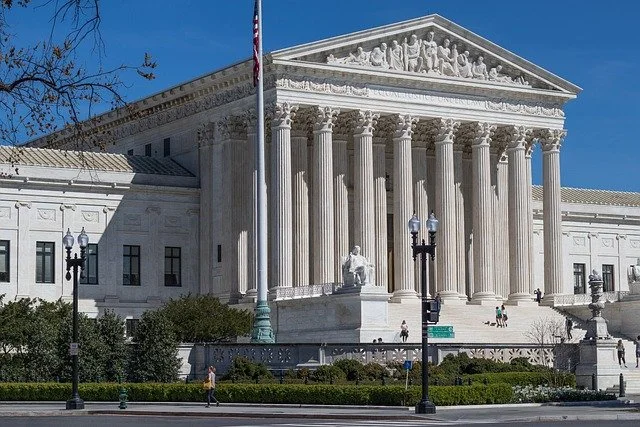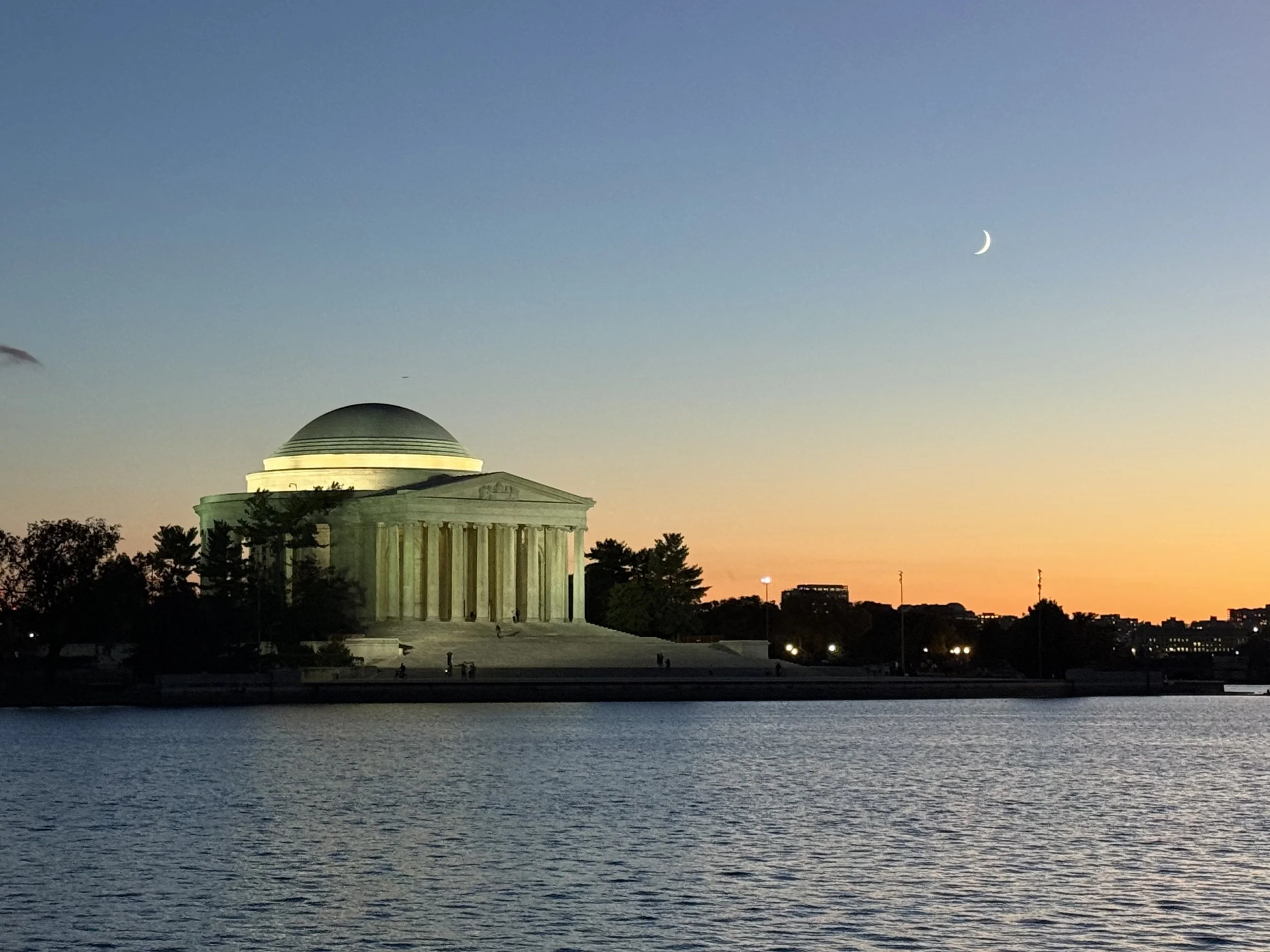Supreme Court Limits Federal Clean Water Act Jurisdiction
/May 2023 was a busy month for agriculture before the Supreme Court of the United States. The Court narrowed the reach of the Clean Water Act in Sackett v. EPA by limiting what wetlands are considered Waters of the United States (WOTUS). Spoiler alert: only wetlands that are indistinguishable from traditional WOTUS are covered by the Clean Water Act.
I’ve written about Sackett before, because this isn’t the first time the case came before the Justices. In short, the Sacketts backfilled a small lot here Priest Lake, Idaho to begin construction on a house. The EPA sent a compliance order, claiming the lot included wetlands protected by the Clean Water Act (the Act). The EPA said the wetlands were adjacent to (in the same neighborhood as) an unnamed tributary on the other side of the road, which feeds into a non-navigable creek, which feeds into Priest Lake, which is navigable but completely within Idaho. Under the then-existing test for wetlands, the EPA lumped the Sackett lot in with nearby Kalispell Bay Fern, a wetland complex the EPA regarded as “similarly situated.” Taken together, the EPA said, these two properties significantly affected Priest Lake. The EPA concluded the Sacketts dumped soil and rocks into a WOTUS. Years ago, the Supreme Court decided the compliance order was a final agency action subject to appeal. In the most recent Sackett appeal, the question was what test should courts (and the EPA) use to determine whether a wetland is a WOTUS and therefore subject to the EPA’s powers under the Act.
Over the past several decades, the law bounced all over the place regarding when a wetland near an established WOTUS was under EPA’s jurisdiction for the Act. Scalia suggested there needed to be a “continuous surface connection” between the WOTUS and the wetland. In 2020, the EPA adopted a version of this definition in its Navigable Water Protection Rule. Kennedy said it should only require a “significant nexus.” Earlier in 2023, the EPA promulgated a new definition based on Kennedy’s definition. In the meantime, the Sackett case churned its way toward the Supreme Court.
On May 25, 2023, the Court held WOTUS includes wetlands that are practically indistinguishable from an adjacent WOTUS. Adjacent wetlands are included within the statutory definition of WOTUS, but only if the wetland qualifies on its own as a WOTUS. In other words, to exercise jurisdiction over a wetland, the EPA must establish (1) the adjacent body of water is a relatively permanent body of water connected to traditional interstate navigable water; and (2) the wetland has a continuous surface connection with that water, making it difficult to determine where the water ends and the wetland begins.
The Court rejected the EPA’s argument relying on the “significant nexus” test taken from Justice Kennedy’s opinion in the Rapanos case. The Court explained the Act used the word waters to describe its subject matter. Using the plural, the Court said, was intentional, and meant it referred to things like streams, oceans, lakes, and rivers. The Court rejected the EPA’s suggestion that “waters” naturally included wetlands because the presence of water is universally regarded as the most basic feature of wetlands. Otherwise even puddles would be included under the Act, and such a conclusion does not square with the Court’s earlier decisions that isolated ponds were not covered just because migratory birds stopped over. Further, the Court said states were supposed to have the primary role in regulating water sources. Using a broad definition of wetlands would infringe on the state’s rights.
While the Justices all agreed with the outcome of the Sackett case, there were still four different opinions. Alito wrote the majority, which Roberts, Thomas, Gorsuch, and Barrett also signed. Thomas wrote a concurrence with Gorsuch which would have limited the Act even further and criticized federal environmental law as an overly expansive interpretation of the Commerce Clause. Kagan’s concurrence with Sotomayor and Jackson disagreed with the majority’s definition of “adjacent” and argued the Court was substituting its own ideas about policymaking for Congress’s. Kavanaugh wrote a concurrence with Sotomayor, Kagan, and Jackson, which suggested the majority went too far and departed from the statutory text, and that wetlands “adjacent” to WOTUS should be more broadly read to include “neighboring” wetlands in order to protect the nation’s waters.
This decision benefits farmers, ranchers, and landowners. It may also impact how states regulate wetlands not covered by the EPA and the CWA. A watershed ruling (no pun intended) like this often has consequences in state houses across the country. Keep an eye on your legislators and let me know whether new wetlands bills are introduced in your state.





